The National Trust for Historic Preservation announced today that seven new sites have been accepted into their prestigious Historic Artists’ Homes and Studios (HAHS) program. All seven sites are the preserved homes and studios of American artists that represent the rich diversity of our nation’s artistic legacy and provide a site-specific depiction of art history.
The legacy of women, artists of color, Indigenous artists, LGBTQ+ artists, as well as self-taught artists are included in this latest round of sites. “These sites preserve the complex stories of a wide array of artists, whose working methods, chosen media and personal narratives often included social activism and beautifully illustrate the sheer diversity of human expression through the universal language of art,” said HAHS Senior Program Manager, Valerie Balint. “We are delighted to have them join this peer group of dynamic and innovative sites throughout the country.”
“By giving equal agency to stories that range from world-renowned illustrator and cultural icon Norman Rockwell to largely self-taught artists, such as Robert Dash, HAHS and the National Trust are helping reframe the hierarchy and dialogue around our nation’s art history,” adds Rena B. Zurofsky, Interim Vice President for Historic Sites at the National Trust. “With the inclusion of African American artists, such as Noah Purifoy and James Washington; LGBTQ+ activists, such as Eddie Owens Martin (also known St. EOM); and women artists, such as Adelia Armstrong Lutz and Ginny Soldner, we continue to expand the membership to bring on sites whose compelling stories increase racial diversity and gender equity.”
The introduction of these seven new sites also increases the geographic representation of HAHS to include 25 states in the nation and expands the portfolio of twentieth-century sites within the network, creating a rich and balanced representation of nineteenth-century artist spaces. The seven new members of HAHS are:
Westwood, the home and studio of painter and educator, Adelia Armstrong Lutz (1859–1931). The painter and arts educator was instrumental in the formation of the progressive new Knoxville Art Club, later renamed the Nicholson Art League in Knoxville. An exhibitor at numerous national arts expositions, Lutz helped design her home and impressive studio, which feature the largest collection of her paintings. Westwood is stewarded by preservation organization, Knox Heritage. Beyond the impressive studio at Westwood, Lutz’s artistic imprint can be seen in numerous decorative architectural elements she designed in the home including painted fireplace tiles and frescoed walls. The gardens at Westwood were also frequent inspiration for her paintings.
Outdoor Desert Art Museum of Assemblage Sculpture the sprawling artist-designed environment created by African American artist Noah Purifoy (1917–2004) in Joshua Tree, CA, stewarded by the Noah Purifoy Foundation. Purifoy moved to the Mojave Desert, after 11 years of public policy work for the California Arts Council. Purifoy moved his practice outdoors, where he lived for the last 15 years of his life creating ten acres full of large-scale sculpture on the desert floor. Constructed entirely from junked materials, this otherworldly environment is one of California’s great art historical wonders.
James W. Washington Home, a holistic campus that includes the home, studio, and artist-designed landscape of the African American artist, sculptural carver, author, and activist. James W. Washington, Jr. (1908–2000)’s home is in Seattle, WA, and is operated by the Dr. James and Mrs. Janie Rogella Washington Cultural Center and Foundation. Dr. Washington and his wife, nurse, Janie Rogella Washington, prepared for the legacy of their home as a public museum during their own lifetimes. Today, the James & Janie Washington Foundation manages the campus which includes their home, his studio, the gardens Washington designed, and their personal archives and library. The site also owns an impressive collection of artworks by Washington’s African American artist contemporaries, along with important carvings by this largely self-taught artist.
Norman Rockwell Studio at the Norman Rockwell Museum, the final studio space for iconic illustrator, Norman Rockwell (1894–1978) in Stockbridge, MA, purportedly the artist’s favorite over his long tenure, was saved from demolition and painstakingly relocated to the nearby Norman Rockwell Museum in 1986. Today the studio is interpreted to the fall of 1960, when Rockwell was working on the final oil-on-canvas painting of Golden Rule, a gathering of men, women, and children of different races, religions, and ethnicities, and an embodiment of Rockwell’s philosophy, “Do Unto Others as They would Do Unto You.”
Soldner Center for the Arts and Innovation, the former artist-designed compound and artistic enclave created by environmentally conscious educators and artists, ceramicist Paul (1921–2011) and painter Ginny Soldner (1924–1995) in Aspen, CO, stewarded by their daughter, Stephanie Soldner. The Soldners designed and built an artistic enclave based on sustainability practices, attracting artists of numerous disciplines. Paul is recognized as the founder of American Raku ceramics and was inspired to become an artist after his experience of being in the military unit that liberated Mauthausen concentration camp in World War II. Ginny Soldner, an accomplished “Color Field” abstract painter, also oversaw the couple’s commercial enterprise, Soldner’s Pottery Equipment, Inc., which manufactured and sold their patented clay mixers and electric potters’ wheels. Their daughter, Stephanie Soldner, has spearheaded the preservation and opening of her family home for public visitation.
Pasaquan, the immersive and multi-culturally inspired artist environment of self-taught artist and LGBTQ+ activist Eddie Owens Martin (St. EOM) (1908–1986) in Buena Vista, GA operated by Columbus State University and the Pasaquan Preservation Society, is another new member. Pasaquan is a total work of art integrating landscape, architecture, painting, sculpture, and other artistic modes and media. This 7-acre environment was executed over the course of 30 years, and includes six major structures, and more than 900 feet of elaborately painted masonry walls. At Pasaquan, this LGBTQ+ activist fused African, pre-Columbian Mexico and Native American cultural and religious symbols and designs.
Madoo Conservancy the home, studio, and extensive artist-designed gardens, of artist, poet and gardener, Robert Dash (1931–2013) on the East End of Long Island in Sagaponack, NY. Dash, a largely self-taught painter, christened his East End, Long Island home, Madoo (old Scots for “my dove”), which became his largest artistic achievement. Here, he combined his passions and talents for painting, poetry, and garden design into one cohesive expression. Madoo became a forum for creative discourse and critique —Poet Laureate John Ashbery, Artists Fairfield Porter, William de Kooning, and Pulitzer Prize winning poet Jimmy Schuyler, were among those who came to experience this confluence of art, music, and literature.
Also notable in coming weeks, Historic Artists’ Homes and Studios and the National Trust for Historic Preservation will launch a new category of site membership for the first time since the program began in 1999. This new category will create an Affiliate Membership that will broaden pathways for entrance into the program for sites that may not follow traditional models of operation, interpretation, or visitation. The selection of members in this new category will be conducted through an “Open Call” process which will launch later this spring

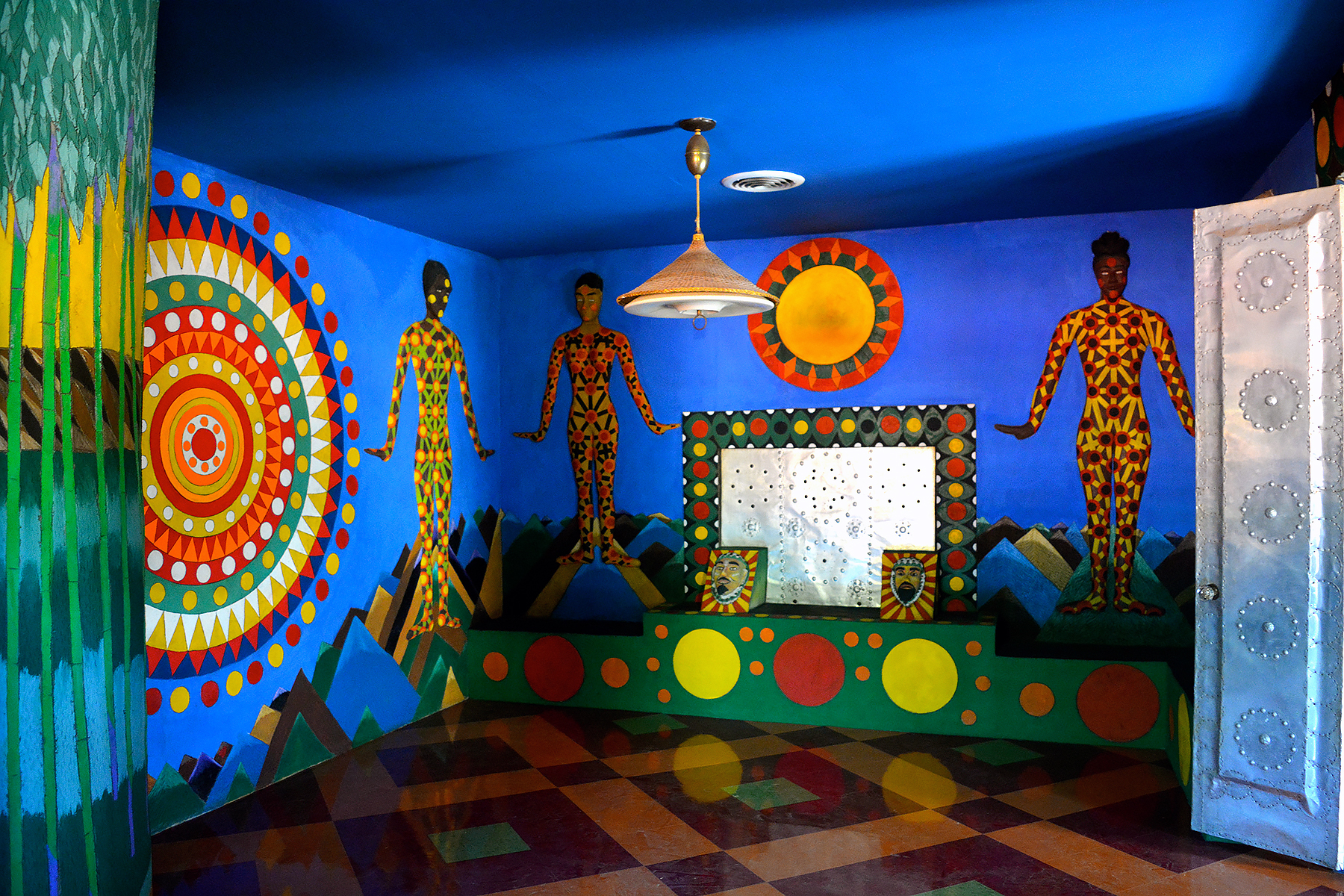
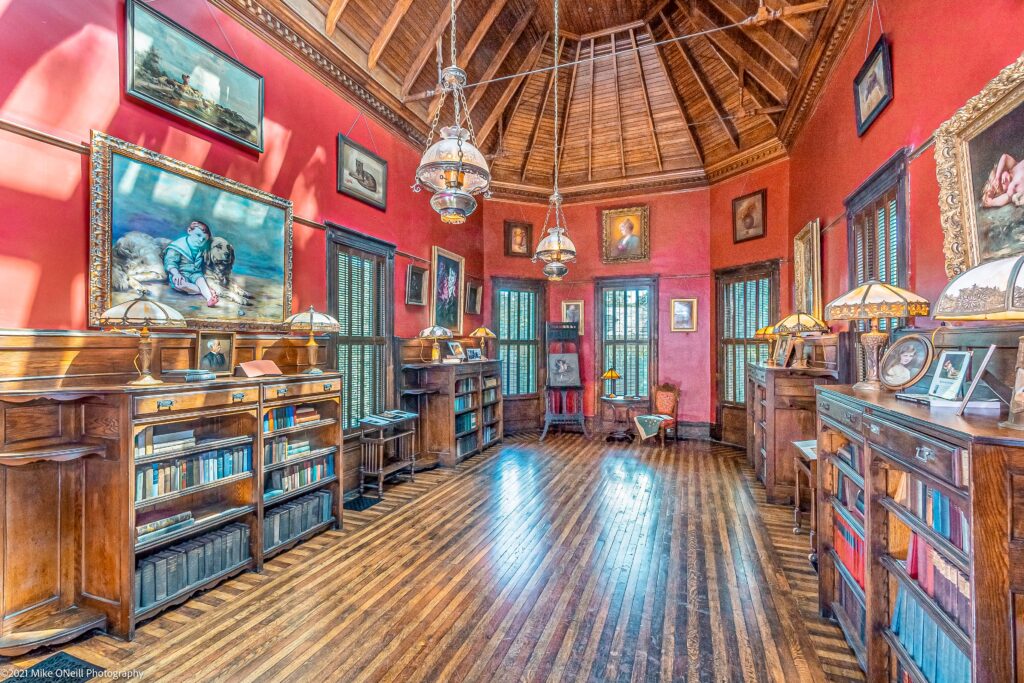
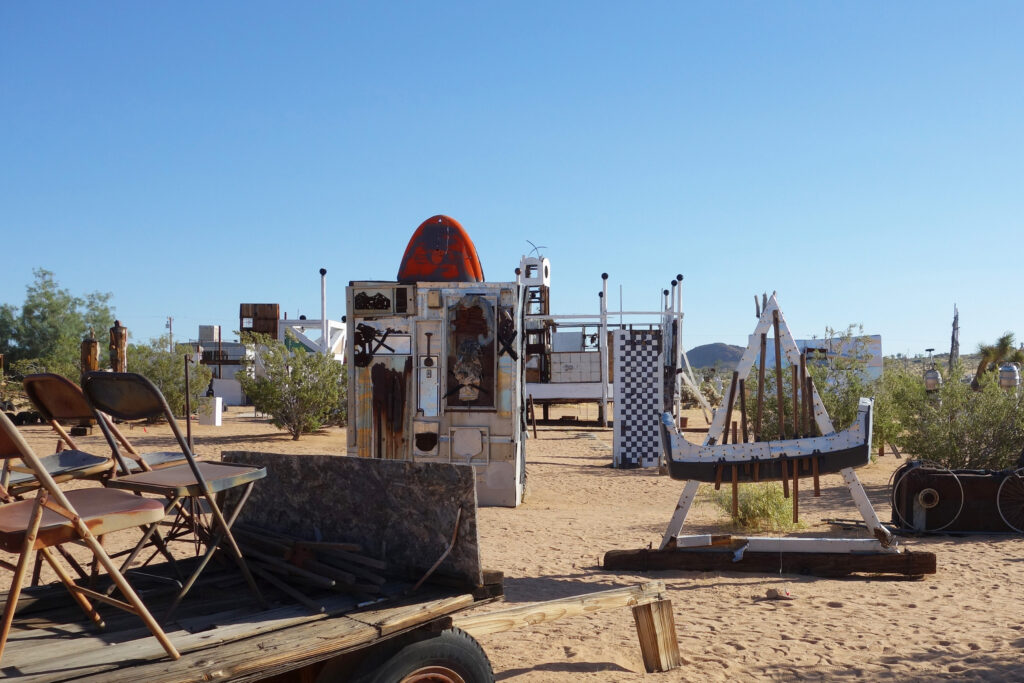
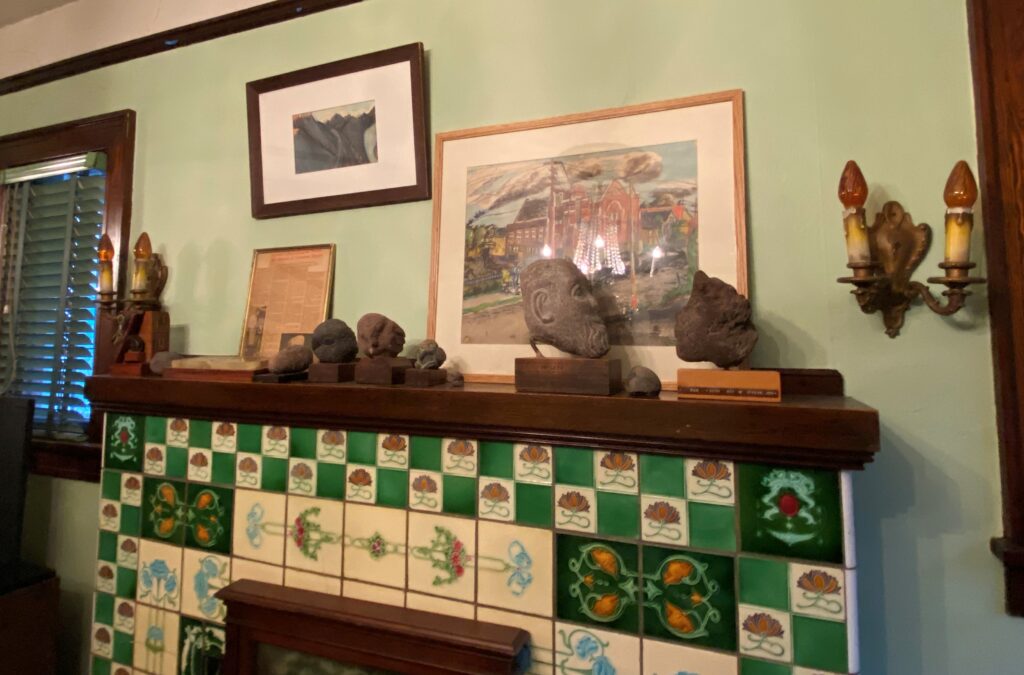
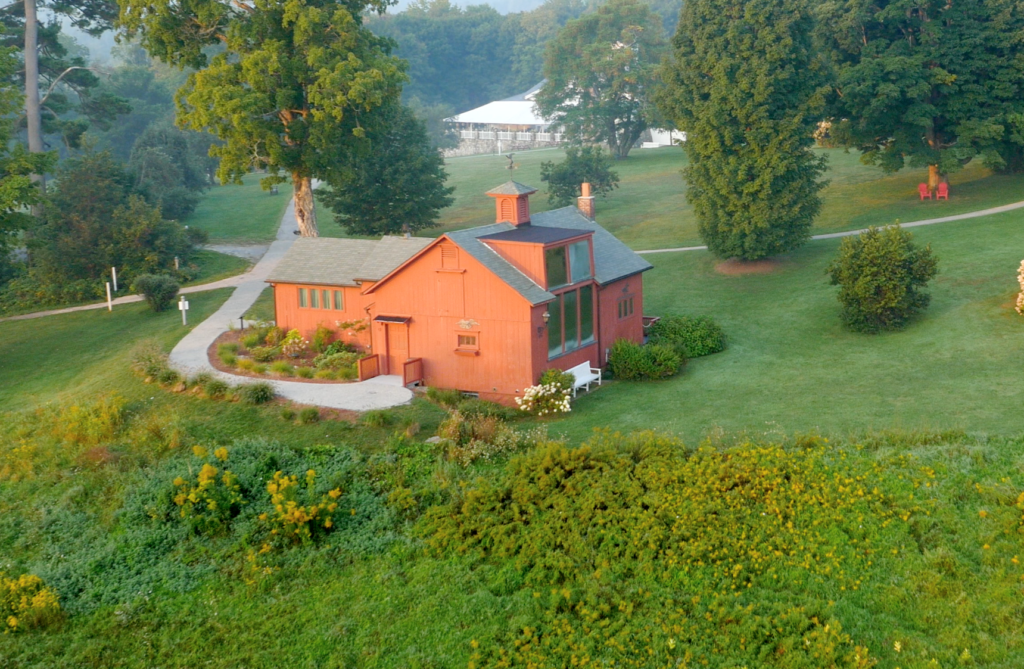
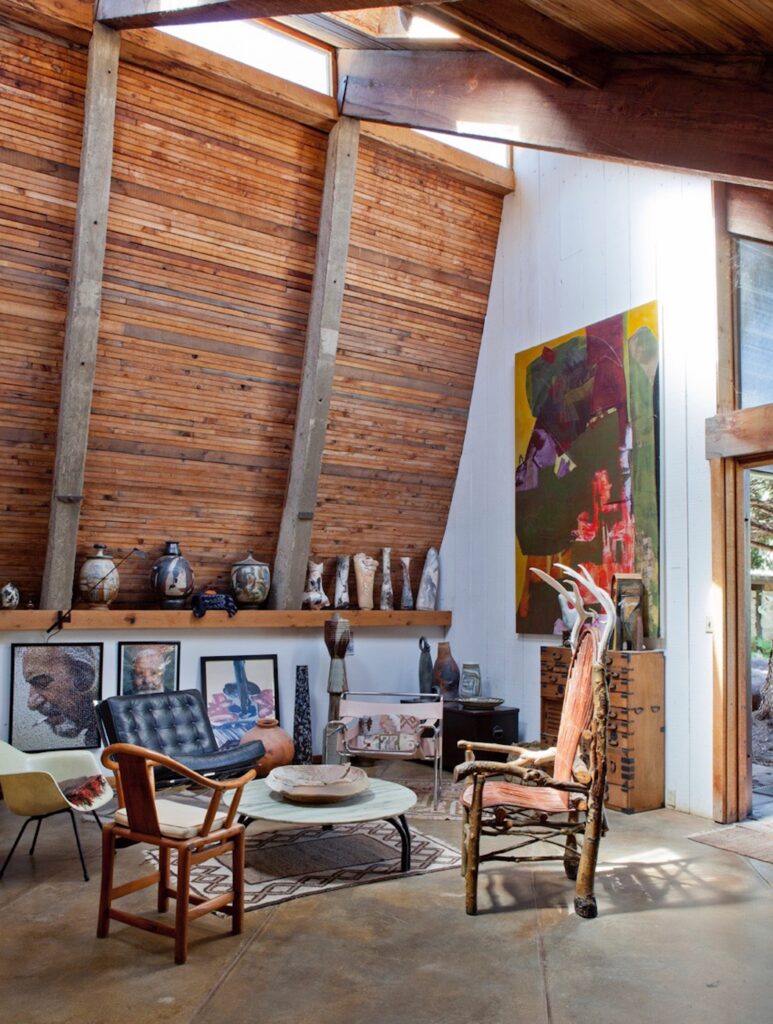
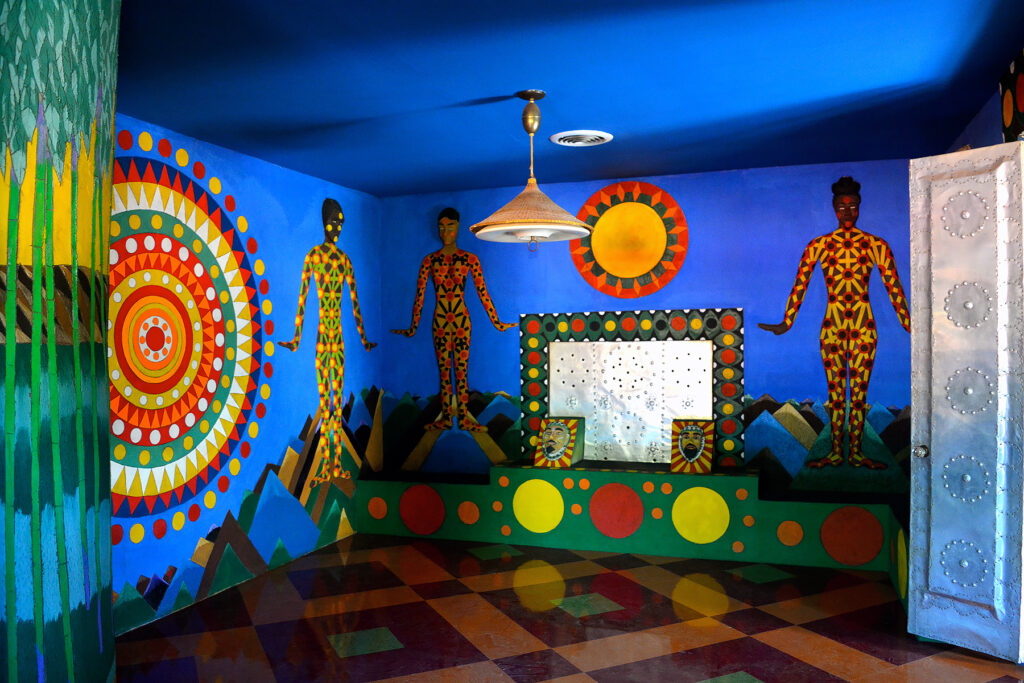
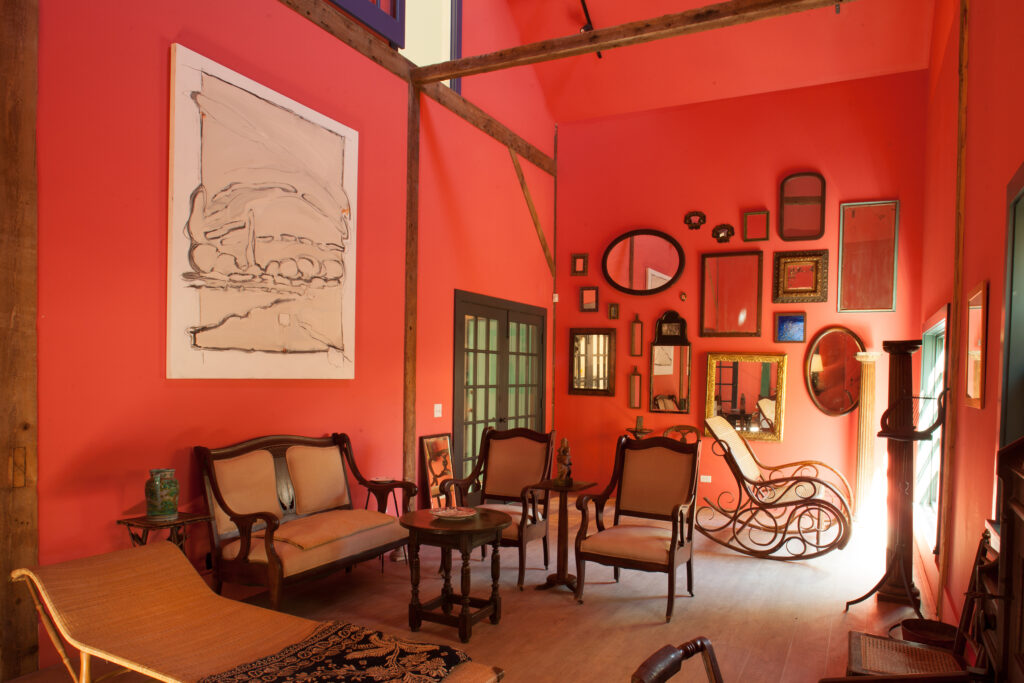
1 Comment